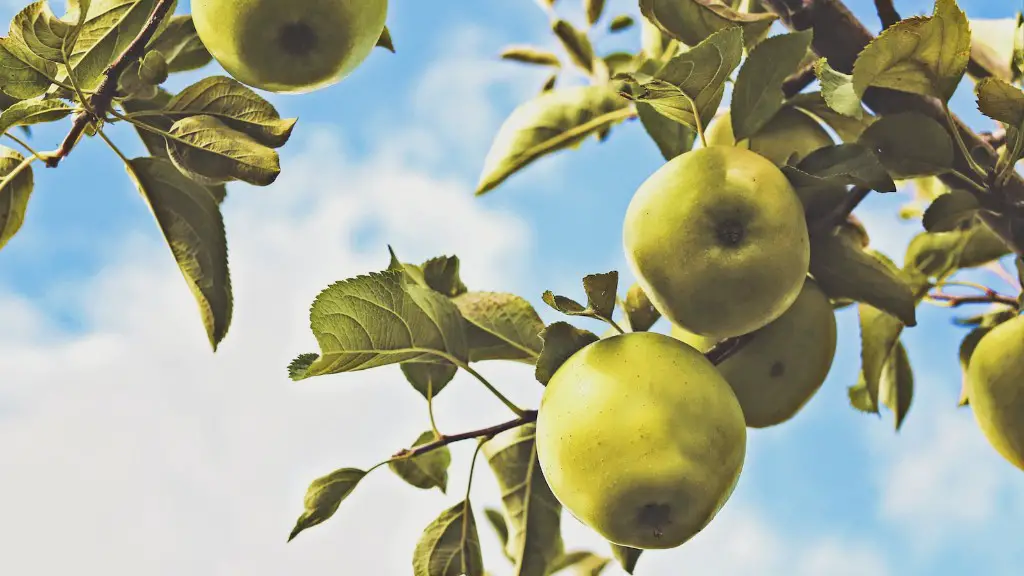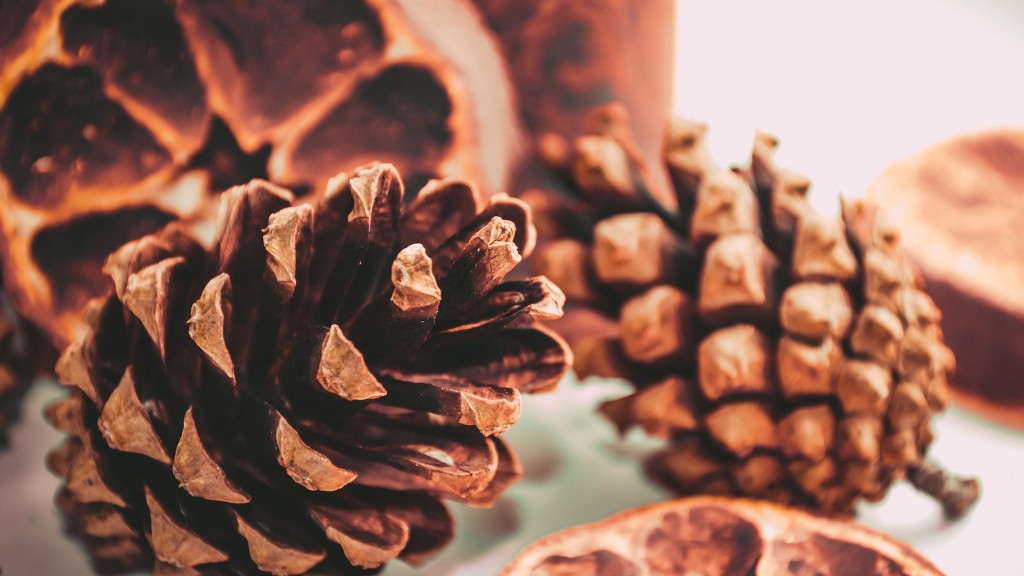Apple trees, like other plants, require certain conditions for optimal health. When these conditions are not met, the leaves curl, which can be indicative of various issues. In this article, we will explore some of the most common reasons for why an apple tree’s leaves may be curling and how you can address the issue.
Environmental Factors
Environmental conditions are often the cause of curl in apple tree leaves, as a tree needs certain amounts of moisture, temperature, and sunlight to thrive. If the tree is exposed to extreme temperatures, high degrees of wind, or overly dry air, the leaves may curl in response to this kind of stress. On the other hand, the tree may be receiving too much moisture and sunlight, and the leaves may curl up to mitigate this. Monitor the tree’s environment and ensure that any changes to temperature, wind, sun, and water are within the recommended range.
Pests, Diseases and Parasites
In some cases, the cause of leaf curling can be attributed to pests, diseases, or parasites. If a tree is infested with aphids or other common tree pests, you may notice the leaves curling in response to the damage these critters can cause. Diseases and parasites, such as powdery mildew and root rot, can also cause leaf curl. If this is the case, you should use fungicides, insecticides, and other treatments to combat the problem as soon as possible.
Improper Pruning
Many apple tree owners prune their trees to get rid of excess leaves or branches, but improper pruning can cause a tree’s leaves to curl. Make sure to follow the proper pruning techniques and trim away dead or excess foliage. In the case of over-pruning, the tree may have difficulty restoring itself, so seek advice from a professional arborist if you think you have pruned too much.
Fertilizing Your Apple Tree
If the tree is not receiving enough nutrient, it may produce curls at the edges of its leaves. Make sure to properly fertilize your apple tree in accordance with the season; during springtime, use a nitrogen fertilizer to encourage the growth of new leaves. During the summer, switch to a potassium fertilizer to promote flowering and fruiting, and salvage any fruit already present. In fall, use a balanced blend of fertilizer to replenish the soil and prepare for the approaching warm season.
Lack of Water
Adequate water is necessary for any plant to thrive, and if an apple tree isn’t getting enough, this can lead to the curling of its leaves. Make sure your tree gets approximately 1 inch of water per week, and use a water-test device to ensure the soil isn’t too dry. Additionally, test to make sure that the soil hasn’t become too compact, as this can block the water from making its way into the roots.
Other Causes of Leaf Curling
In some cases, the cause may not be environmental or biological; instead, the culprit could be a malformation or genetic trait which results in the leaves curling inwards. If this is the case, there is not much you can do to correct the issue, so invest in a fungicide and insecticide to reduce the damage already present and ensure that the tree is as healthy as possible.
Malnutrition
Malnourishment of an apple tree can also cause its leaves to curl. Ensure the tree is receiving the right combination of macro and micro nutrients in its soil. If it’s lacking calcium and magnesium, the leaves may start to curl. Make sure to supplement your tree’s soil with nitrogen-, phosphorus-, and potassium-rich fertilizers, as well as trace elements like boron and zinc.
Insufficient Light Levels
If the tree doesn’t receive enough sunlight, or if it’s in a location that gets too much shade, the leaves will not be able to produce energy and will begin to curl. Move the tree to a sunnier location, or provide it with more artificial light, if necessary. For example, you could use supplemental lighting, such as grow lights, to ensure the leaves get an appropriate amount of energy-producing light.
Poor Drainage
If the soil does not adequately drains out the excess water, then your tree will be bombarded with too much moisture and the leaves will curl up. Check the soil around your tree and make sure it is not staying water-logged. If this is the case, amend the soil with perlite to ensure it drains properly. Alternatively, you can add mulch around the tree to help control the amount of water that reaches the soil.
Use of Herbicides
If you have been using herbicides to try and control the growth of weeds in your apple tree’s vicinity, it may be inadvertently affecting the health of the leaves on your tree. While herbicides should be used with great caution, and following precise details of proportions given on the product’s label, they can still cause damage to your tree if couched in the wrong concentrations. To avoid the curling of leaves and other issues, consider using natural pest control methods instead.

